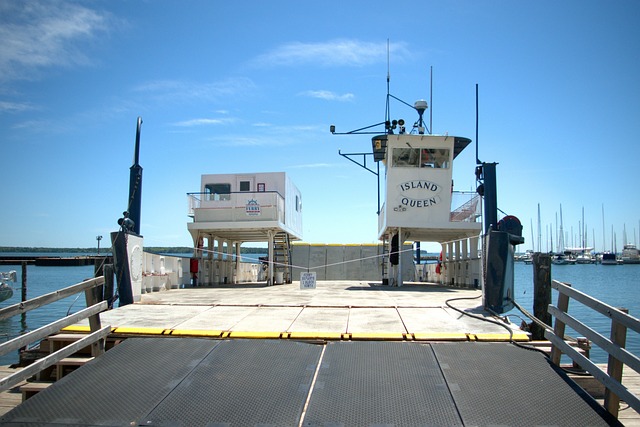Downtown area revitalization has emerged as a powerful urban development strategy, recognized by real estate professionals for its ability to boost local economies and attract residents. By transforming neglected city centers into vibrant hubs, these projects increase property values, encourage business growth, and enhance infrastructure, fostering community pride. Successful examples like Detroit and Pittsburgh's East Strip District showcase the long-term benefits, including increased foot traffic, job creation, and improved quality of life. Strategic revitalization has proven to be a game-changer for underutilized spaces, benefiting both existing residents and new visitors alike through enhanced real estate markets and thriving local communities.
“Revitalizing downtown areas has become a key strategy for cities worldwide, transforming once-neglected spaces into vibrant hubs that attract new visitors and boost local economies. This article explores the multifaceted impact of downtown revitalization from a real estate perspective, delving into successful case studies, effective marketing strategies, and sustainable growth plans. Discover how public art, events, and improved infrastructure drive visitor attraction, while examining the role of mixed-use developments and green spaces in fostering diverse, thriving neighborhoods.”
Revitalizing Downtown Areas: A Real Estate Perspective

Revitalizing downtown areas has become a significant trend in urban development, and it’s not just about aesthetics; it’s a strategic move that real estate professionals recognize as a powerful tool for attracting new visitors and residents. The concept involves transforming underutilized or declining city centers into vibrant hubs, creating desirable destinations that foster economic growth and community engagement.
From a real estate perspective, these revitalization projects offer numerous benefits. They can increase property values by enhancing the overall appeal of the neighborhood, making it more attractive to potential buyers and tenants. Improved infrastructure, new amenities, and a rise in local businesses all contribute to a positive image, encouraging people to visit, work, and live downtown. This, in turn, stimulates the local economy, creates jobs, and fosters a sense of community pride.
– Exploring the impact of downtown revitalization on property values and local economies.

Downtown revitalization projects have a profound impact on both real estate markets and local economies. As cities invest in revitalizing their downtown areas, property values tend to increase significantly due to improved aesthetics, enhanced infrastructure, and rising desirability. This surge in value benefits long-time residents and attracts new investors seeking lucrative opportunities. The economic boost from these initiatives extends beyond real estate; it fuels local businesses, creates jobs, and fosters a vibrant atmosphere that encourages tourism and cultural events.
Revitalization efforts often lead to the development of mixed-use spaces, combining residential, commercial, and recreational areas. This blend caters to diverse populations, increasing foot traffic and boosting local commerce. Moreover, the improved quality of life entices professionals and families alike to relocate, further stimulating the economy through increased spending and a more diverse tax base. Ultimately, downtown revitalization becomes a catalyst for sustainable growth, transforming underutilized spaces into thriving hubs that benefit both residents and visitors.
– Case studies of successful revitalizations and their long-term effects.

Successful downtown revitalization projects offer valuable insights and serve as inspiring case studies for communities seeking similar transformations. One notable example is the revival of Detroit, Michigan’s downtown area. Once a symbol of industrial decline, this metropolis has undergone a remarkable metamorphosis. The city’s real estate market, previously stagnant, experienced a surge in activity with the introduction of mixed-use developments, offering modern apartments and retail spaces. This revitalized urban landscape attracts new visitors and residents alike, fostering a vibrant social and cultural scene.
Long-term benefits are evident, as similar strategies have been adopted in other cities facing comparable challenges. For instance, Pittsburgh’s East Strip District experienced a similar transformation, with historic buildings converted into lofts and trendy restaurants. This not only boosted the local economy but also created a unique, desirable living environment, drawing young professionals and tourists interested in exploring the area’s rich history and modern amenities. These successful models demonstrate that strategic downtown revitalization can have lasting positive effects on community well-being and real estate value.






